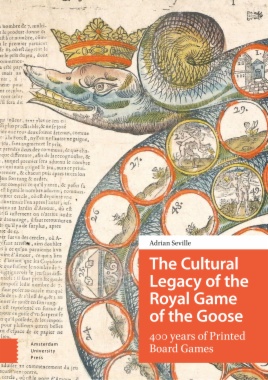

Despite the extensive body of evidence that informs regulatory decisions on pharmaceutical products, significant uncertainties persist, including the underlying variability in human biology, factors associated with the chemistry of a drug, and limitations in the research and clinical trial process itself that might limit the generalizability of results. As a result, regulatory reviewers are consistently required to draw conclusions about a drug's safety and efficacy from imperfect data. Efforts are underway within the drug development community to enhance the evaluation and communication of the benefits and risks associated with pharmaceutical products, aimed at increasing the predictability, transparency, and efficiency of pharmaceutical regulatory decision making. Effectively communicating regulatory decisions necessarily includes explanation of the impact of uncertainty on decision making.
On February 12 and May 12, 2014, the Institute of Medicine's Forum on Drug Discovery, Development, and Translation held public workshops to advance the development of more systematic and structured approaches to characterize and communicate the sources of uncertainty in the assessment of benefits and risks, and to consider their implications for pharmaceutical regulatory decisions. Workshop presentations and discussions on February 12 were convened to explore the science of identifying and characterizing uncertainty in scientific evidence and approaches to translate uncertainties into decisions that reflect the values of stakeholders. The May 12 workshop presentations and discussions explored tools and approaches to communicating about scientific uncertainties to a range of stakeholders in the drug development process. Characterizing and Communicating Uncertainty in the Assessment of Benefits and Risks of Pharmaceutical Products summarizes the presentation and discussion of both events. This report explores potential analytical and communication approaches and identifies key considerations on their development, evaluation, and incorporation into pharmaceutical benefit- risk assessment throughout the entire drug development lifecycle.